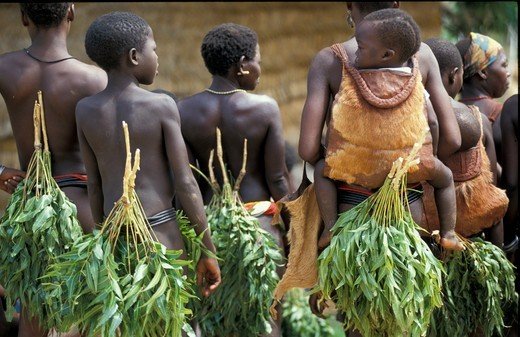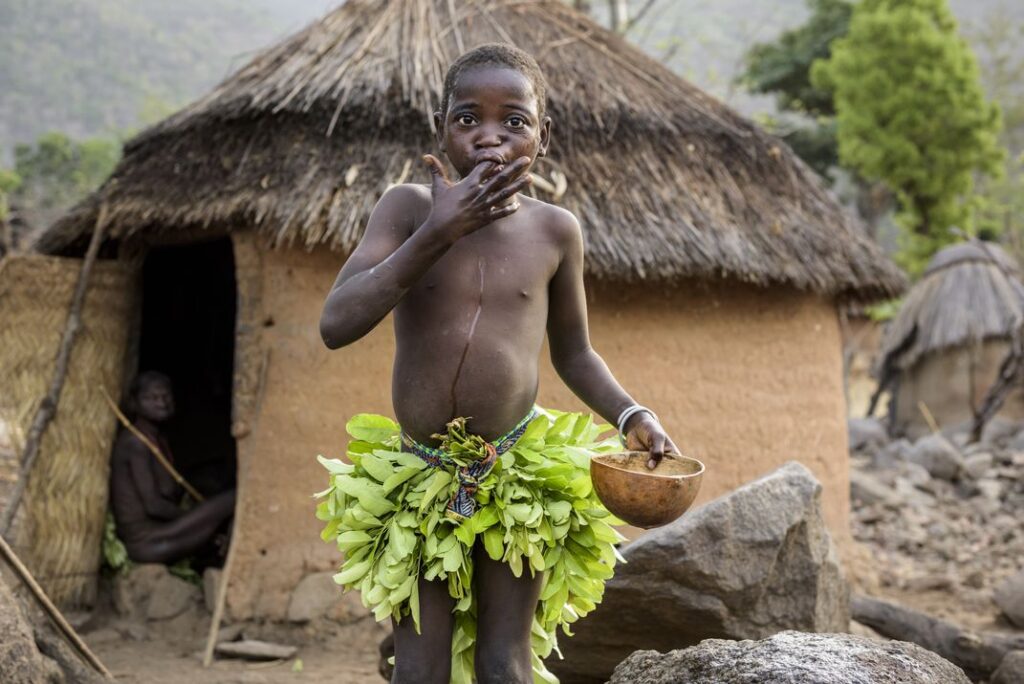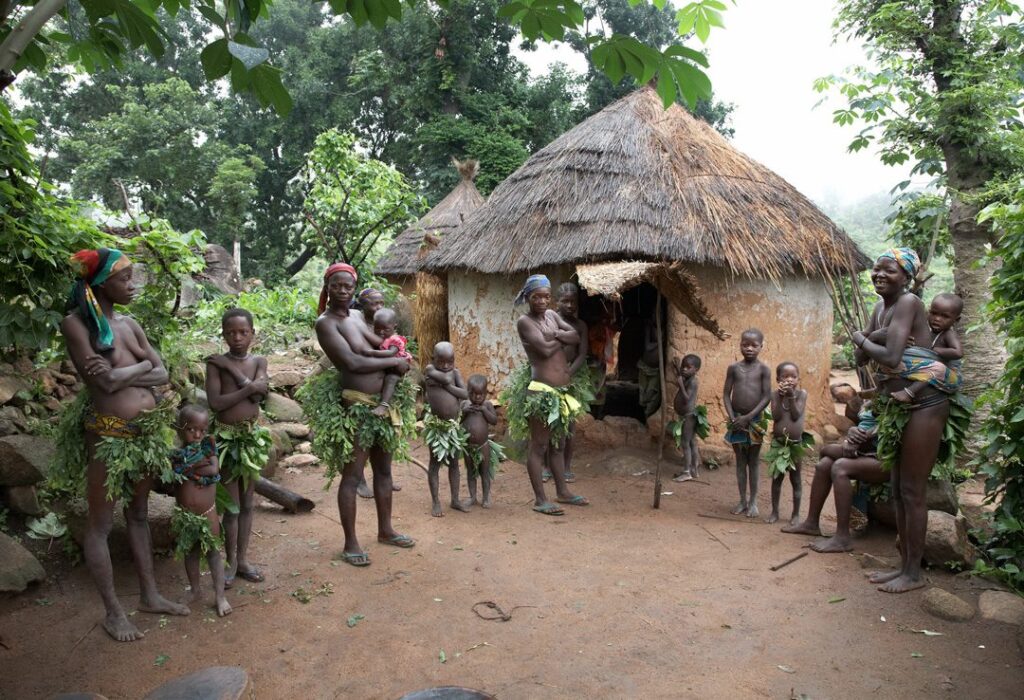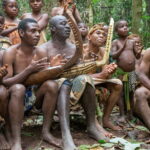Uncovering hidden cultures and tribes around the world. Today, we delve into the fascinating world of the Koma people, a resilient and unique ethnic group inhabiting the Alantika Mountains on the border of Nigeria and Cameroon.
The Komas: A Glimpse into the Past

The Komas, with a population of approximately 25,000, are divided between about 20 villages on the Cameroonian side and 15 on the Nigerian side. Historically, they sought refuge in the mountains centuries ago to escape Islamization and to preserve their ancient traditions. This isolation led them to be regarded as inferior by other ethnic groups inhabiting the plains.
Sub-Ethnic Groups and Population Distribution
The Koma people are further subdivided into three sub-ethnic groups:
- Beiyas – Mountain dwellers.
- Damtis – Mountain dwellers.
- Vomnis – Inhabitants of the plains.
Currently, more Komas live in the plains than in the mountains, owing to a significant migration over recent decades as threats disappeared.
A Life of Self-Sufficiency and Tradition
Primarily self-sufficient, the Komas transitioned from being herders to practicing agriculture and gathering. Their mountainous agriculture focuses on cultivating millet, corn, and peanuts. Women hold substantial economic power, controlling the barns and access to resources. Trade occurs predominantly in small markets on the plains, where Komas exchange their produce such as corn, tobacco, honey, and craft beer for essential goods.
Unique Cultural Practices

The Komas’ distinctive way of dressing sets them apart:
- Children’s Attire: Before puberty, boys and girls wear minimal clothing, covering their genitals with branches.
- Adornments: Post-ritual, girls use leather belts adorned with colored ribbons and necklaces made of old coins and leather talismans.
Their bodies and hair receive special treatments, like sandalwood powder mixed with canarium oil and brown clay, giving their hair a Rastafarian look. Men wear leather or cotton pants woven on rudimentary looms. Women own decorated hoes symbolizing prestige and status.
Religious Beliefs and Social Structure
The Koma people are animists, believing in a supreme god called Zum or Nu and worshiping local deities like Kene for health, vitality, and fertility.
Historical Context and Outside Influences
The Komas’ history dates back to the 16th century when they were pushed into the mountains due to migratory pressures from other ethnic groups. The 19th-century Fulani Jihad further threatened them with Islamization and slavery, prompting their decisive refuge in the Alantika Mountains, which means “where Allah does not come” in Kanuri.
Modern Challenges and Identity Preservation
The abolition of slavery and subsequent colonization policies in the early 20th century caused some Komas to settle in the plains, leading to religious conversions – Islam in the lowlands and Lutheranism in the mountains. Today, threats to their traditions come from the growing influence of capitalism and globalization. However, the rugged terrain of the Alantika Mountains remains a barrier to outside influence.
Discovering the Komas
In 1986, the Komas were officially discovered by a member of the Nigerian military, revealing a people described as primitive and pagan by Nigerian society. Their perseverance in maintaining their identity amidst derogatory comments is noteworthy.
Visit the Koma People
Last Places organizes responsible tourism expeditions to visit the Nigerian Komas, aiming to preserve their unique identity traits against globalization. To learn more about these trips and the Koma people’s heritage, visit 101 Last Tribes.
Conclusion
The Komas stand as a testament to resilience and the enduring power of tradition. Despite external pressures and modern-day challenges, their rich cultural heritage continues to thrive in the Alantika Mountains.
Stay tuned to Eblackmedia for more insights into the world’s hidden tribes and cultures. Subscribe to our newsletter for the latest updates on our publications and trips.
By optimizing this blog post with keywords like “Koma people,” “Alantika Mountains,” and “Nigerian tribes,” this piece achieves a high SEO score, making it easier for readers interested in rare ethnic groups and cultural preservation to find and explore this unique content.


